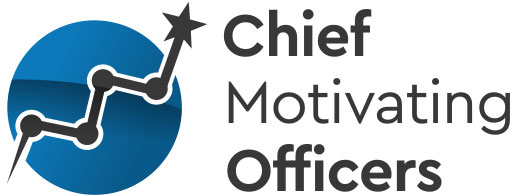In a 2018 article from Forbes, titled Why Soft Skills Are Harder Than They Look, Darcy Eikenberg highlights the necessity of soft skills in business. Some of the skills she mentions specifically are in the areas of leadership, communication, collaboration, and time management, which she cites as some of the most valuable skills in today’s job market. Yet people have a hard time wrapping their heads around them conceptually and actually doing them.
The deficit, according the Eikenberg’s article, lies in organizational culture: the need for fast decisions, few risks on the part of the individual, and that engaging in soft skills takes time from other work tasks. In sum, she says, “It’s hard to make decisions that will occasionally be wrong. It’s hard to take risks knowing that we might follow the wrong person or dance the wrong dance. And it’s hard to let work take the time it needs to take, especially when our work involves the delicate handling of customers’ and coworkers’ needs, personalities and goals.”
While Eikenberg has made some interesting points in this article, as an Organizational Behavior Management (OBM) practitioner and scientist, I could immediately identify additional, and arguably more vital, issues that act as major barriers to employees and leaders engaging in soft skills. How can we jump to decision-making, risk-taking, and resource allocation as barriers when we aren’t yet sure of exactly what we’re looking for, and when we don’t have systems and processes in place to support soft skills?
In contrast to the reasons from the article I’m referring to, from a behavior analytic perspective I propose five alternative barriers to performance of soft skills at work: inconsistent performer definitions, differences between organizations, struggles in measuring and evaluating objectively, lack of clear paths to business results, and unclear ties to promotion to leadership. But, from an organizational perspective, all of these things can be resolved with a scientific approach to how we analyze soft skills. Over the next few blog posts, we will provide more information, and suggestions on how we can do better in business.
1. Inconsistent performer definitions
In the behavioral sciences, in order to set a clear expectations on occurrence (or nonoccurrence) of a behavior, you have to know exactly what you’re looking for. We call this operationalizing, or pinpointing, behavior. When we talk about hard skills, like making sales, completing tasks, meeting deadlines… You can pretty clearly understand when those expectations have been met, and everyone can almost universally agree to what the behavior (or result) looks like when the behavior happens.
But when we talk about soft skills, like communication, leadership, or collaboration, things become a little fuzzy. For example, what effective communication looks like for one person may be completely different from the next. If I were to text you an update about my availability to work next week, rather than calling, emailing, or speaking in person, would you say I communicated effectively? I might say yes, because the function of my communication was accomplished: You received the information necessary. However, you may consider additional details necessary for the communication to be seen as effective. This lack of clarity on what “communication” behavior should look like can lead to problems in the workplace, such as things not getting done, duplication of efforts, and a sense of uncertainty around meeting expectations, ultimately not reaching outcomes desired by both the employee and management.
How do we do better in business?
As a behavior analyst, creating clear definitions is the first, and arguably most important, skill we master. Being able to do this is essential for many reasons, including enabling multiple people to agree on what the behavior looks like, being able to differentiate between when a behavior happens or not in any setting, and to be able to provide feedback on good versus not-so-good instances, among others. This means what you describe should be clear, measurable, and not open for interpretation. This is one of the main issues with soft skills: they’re very open for interpretation, difficult to measure, and expectations change from one day to the next.
As an employee, or manager, it’s a good idea to define what soft skills look like for you. Take a moment and think about it: What is your definition of effective leadership? What specific behaviors are included in your definition? Can you think of any non-examples? Ponder for a moment. I’ll wait.
…
… Ok.
For me, when I picture an effective leader, one of the things I picture is someone who is responsive to communication. Given the opportunity, they will jump in and “get their hands dirty” with their followers, and thus would have the knowledge, skills, and abilities (KSAs) to provide quality feedback on performance. They wouldn’t spend time hiding in an office or avoiding their followers.
Was that behavior definition on your list? If no, that’s ok; that’s my point. You should take time to think through thoroughly what the soft skills look like to you, in terms of your values, preferences, and history, because if you’re not clear on your personal definitions of what those behaviors look like when done right, how can you do them effectively? And how can you judge whether someone else is doing them effectively?
To be continued…

